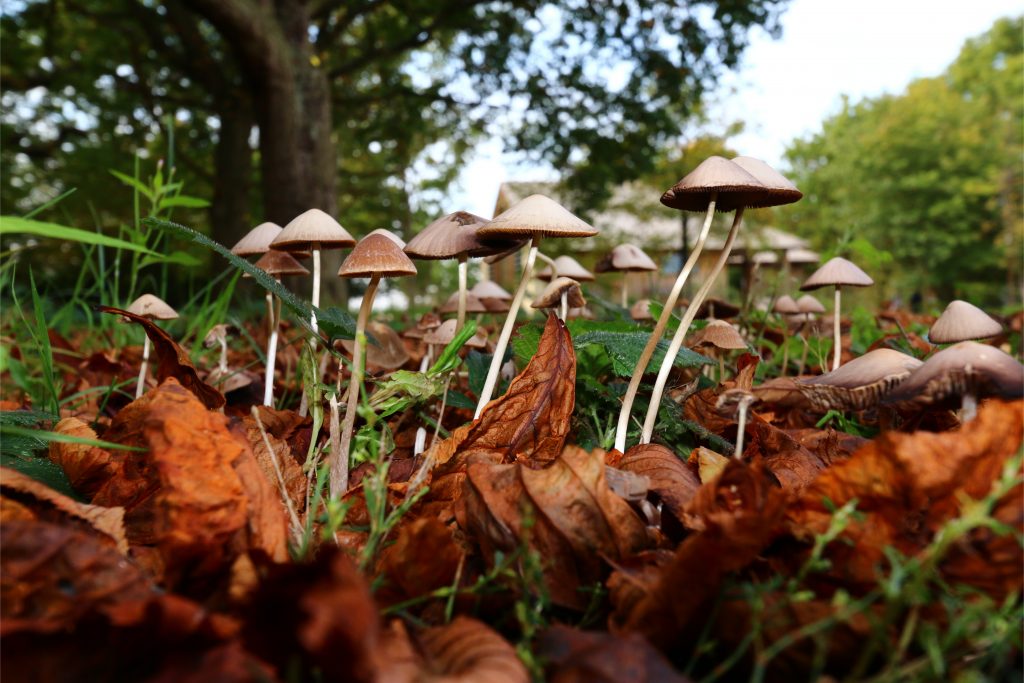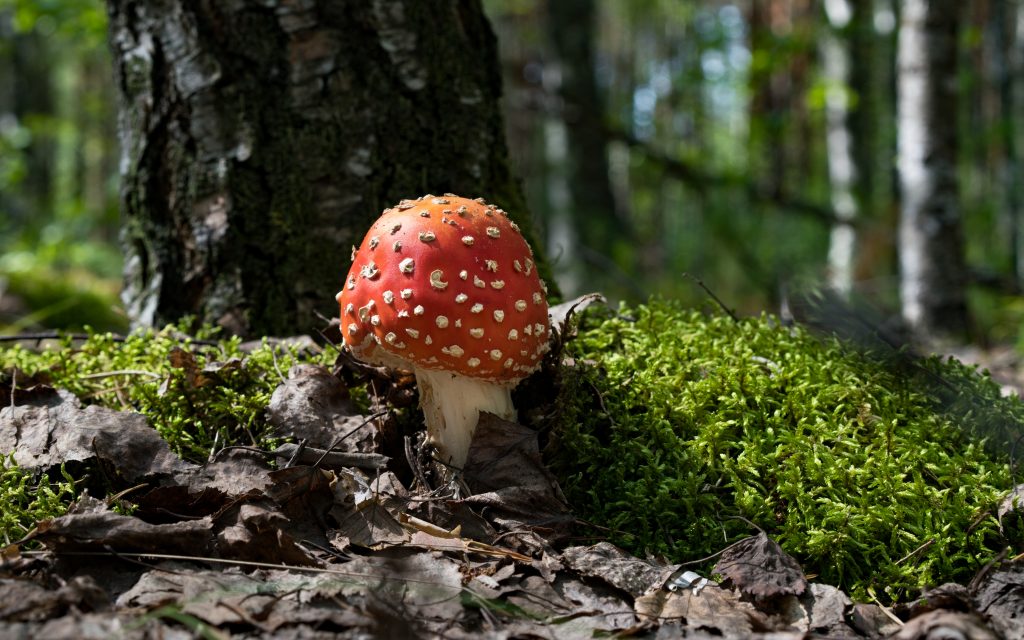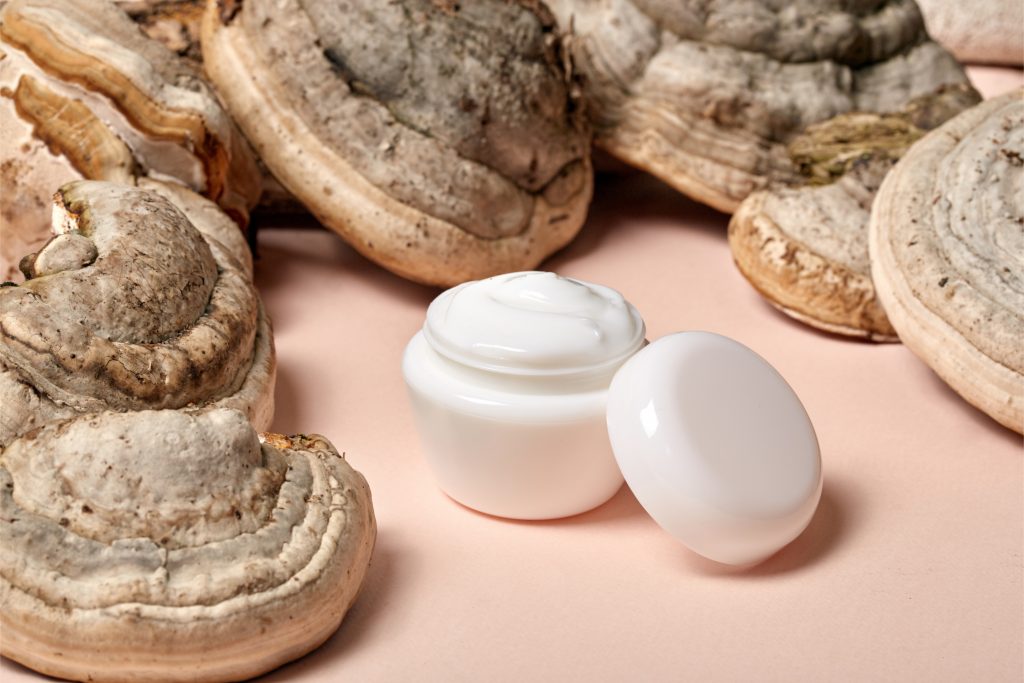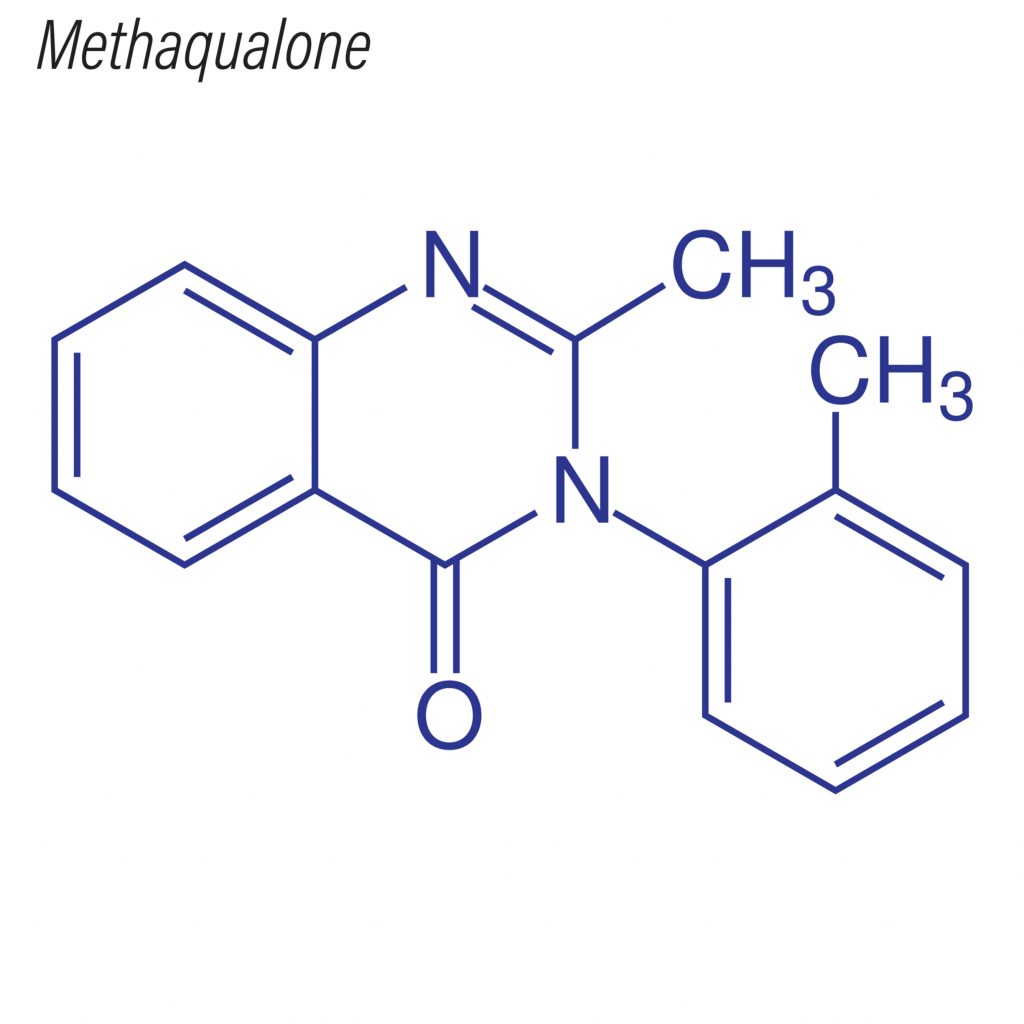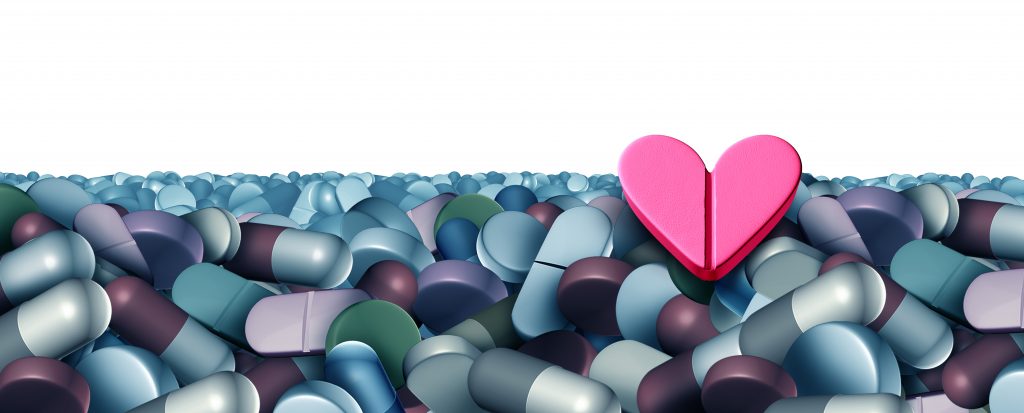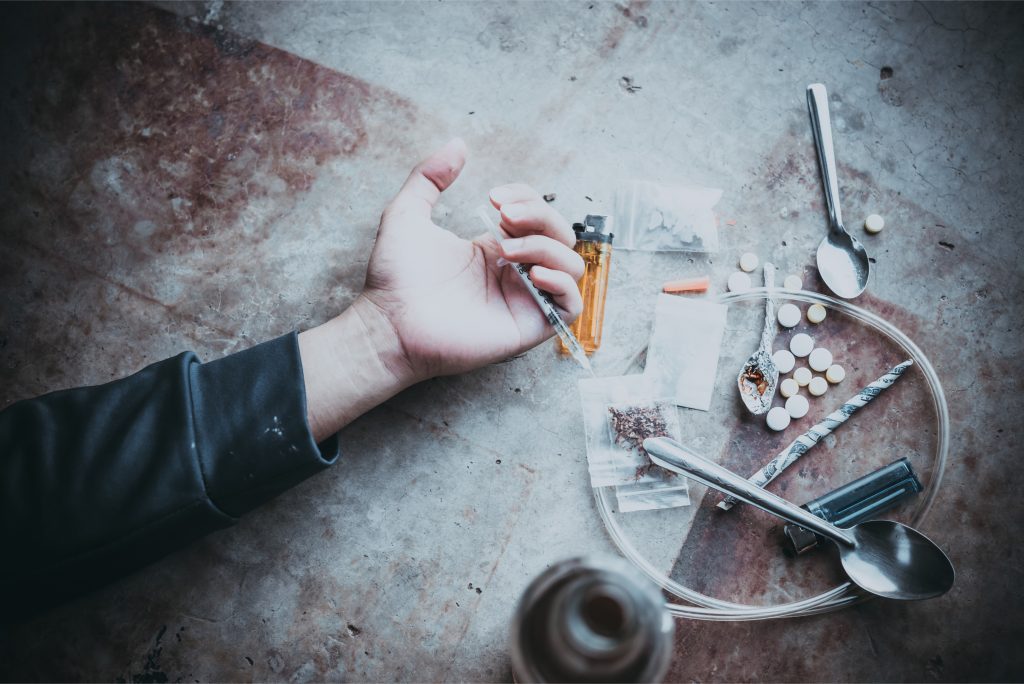Mexico has sure been on a bumpy road in its effort to legalize cannabis. Led mainly by Supreme Court rulings, Mexico has inched forward, though not always in the expected ways. For this episode of Mexico cannabis update, let’s take a look at another missed deadline, and ex-president Fox’s foray into the cannabis market.
Mexico’s Congress sure it’s making it easy, and the market that should already be flourishing, hasn’t even started. Hopefully my next Mexico cannabis update will include legislation to officially legalize the industry. We’ll have to wait and see. We’re on top of everything going on in this industry, and working hard to make sure you get important stories. Sign up for the THC Weekly Newsletter to keep informed, as well as for access to premium deals on flowers, vapes, edibles, and much more! We also offer great prices on cannabinoids, like HHC-O, Delta 8, Delta 9 THC, Delta-10 THC, THCO, THCV, THCP & HHC, which won’t break the bank. You can find them in our “Best-of” lists. Go ahead and enjoy responsibly!
Mexico and cannabis legalization
To call it a ‘bumpy road’ is a bit of an understatement at this point, and Mexico’s government should be embarrassed of itself for how it’s handling legalizing marijuana. This episode of Mexico cannabis update features a new low for the governance of the country. But first, let’s go over how we got to where we are now.
In 2018, the last of five consecutive cases passed through the Supreme Court, all related to the personal use of cannabis, and all ruled on in the same way: that not allowing personal use and cultivation, is unconstitutional. So though Mexico’s written laws state that cannabis is illegal for recreational purposes, the five consecutive rulings set off ‘jurisprudencia’, whereby the Supreme Court verdicts override written law, to become the new law. This has to be the case, because jurisprudencia prevents a lower court from ruling against an individual in a personal use case, as that would mean ruling against the Supreme Court. And this creates a massive discrepancy since laws on paper still give police the right to arrest people for crimes for which a court can’t find them guilty.
Problem is, the Supreme Court is more about big moves, and doesn’t worry about the intricate ins and outs of legislation, that’s for Congress. This means that the rulings made for a direct command to Congress, to update the written laws in order to be in concert with the court rulings. Without this, the country stays in a gray area in terms of personal legalities, but also in terms of production and setting up a regulated industry.

The government missed four deadlines to do this, first, a year after the last court ruling, in December 2019. Then in April 2020, December, 2020, and April 2021. In all cases but April 2021, the government asked for an extension, and in all cases, it was granted by the Supreme Court. Upon missing the April 2021 deadline, since the government didn’t ask for an extension, it put the ball back in the Supreme Court’s court to do something. Though the Supreme Court could have just waited, it didn’t. Let’s remember, it gave the government a directive, and that directive was blatantly not followed. It’s hard to maintain power when no one listens, right? So the Supreme Court did what anyone would if they want to retain their power, it went ahead with dropping laws of prohibition.
On June 28th, 2021, the Court voted to drop the laws of prohibition in regards to personal use and personal cultivation. The vote went 8-3, and the laws were dropped. This had no impact on any other part of cannabis law, and came with none of the stipulations or regulations of a piece of legislation. It just merely pushed things along, giving Congress that much more time.
The start of legal production
This left Mexico in the position of having legal private and personal use, as well as personal cultivation rights, but did nothing about a regulated market, social or public smoking, production, or anything else. What came next was not from the government doing its job, but yet another Supreme Court ruling that pushed things forward yet another step.
In a previous Mexico cannabis update I reported on the Supreme Court ruling of December 1st, 2021. The unappealable ruling, was that it was unconstitutional to bar the production of low-THC cannabis (up to 1% THC). Much like the 2018 ruling, which made the requirement for Congress to write up corresponding legislation, this ruling put the requirement of implementation on Mexico’s Federal Commission for the Protection against Sanitary Risks (COFEPRIS).
The case was brought on by the company Xebra Mexico, the Mexican branch of the Canadian-based Xebra. The case was not about a regulated market, but rather solely about production for medical and scientific purposes. Xebra used the five consecutive rulings that brought on jurisprudencia, and the dropping of the prohibition laws last June, to challenge the ban on commercial production.
Realistically, how could Xebra Mexico not have won? If the Supreme Court didn’t rule in Xebra’s favor, it would show inconsistency with its own ruling. Sure, there are no rules to govern an industry, but that shouldn’t mean that the people of a country shouldn’t have access to the laws and legal rights provided to them.

Xebra has announced plans for a commercialized market, but for now the laws don’t exist. If nothing changes soon, Xebra will be in court again if it wants to actually sell products in Mexico. And at the rate things are going, that might be the only way to get the market open. Of course, it could just be producing for exportation back to Canada or somewhere else, but regardless of where it ends up, it can now be legally produced in Mexico.
Mexico cannabis update – what’s new?
Since the ruling in favor of Xebra, there have been some other happenings to go over in this Mexico cannabis update. The first, is yet another missed deadline by Congress. The end of the sitting period in the Senate, as in, when the season ended, was December 15th, 2021. This deadline wasn’t a specifically set deadline like the last ones in terms of getting the legislation done. But it was a deadline for getting a vote by the end of the year, and the Senate never took its vote.
Last March the Lower House did approve a bill, but that bill was never voted on by the Senate. Called the Federal Law for the Regulation of Cannabis, the Senate decided there were too many inconsistencies, at least 17 that it counted. This included, apparently, the fear of a loophole that would permit unlimited sales in terms of quantity, which is arguably funny in that that’s already how black markets operate. You can buy as much as you want.
While my belief holds firm that fear of cartel backlash is the bigger reason for this inability for the government to get its stuff together, (it’s good to keep in mind just how dangerous it can be in Mexico for politicians), the reason why is less important than the fact it simply didn’t get done, leaving Mexico still without written legislation for a legal cannabis industry.
Mexico cannabis update – what else of interest?
What would a new drug industry be, if not a chance for former government officials to exploit it through their government nepotism? Well, that’s exactly what’s happening in Mexico. Vicente Fox, Mexico’s former president from 2000-2006, is making sure he gets a big old slice of the pie, and that he gets his first.
It was announced last week that, Paradise, a cannabis head-shop, will mount an aggressive expansion campaign including upping its current tally of 70 stores across 28 states, to 200 stores across all states, by the end of 2022. The stores currently sell the likes of CBD, hemp oil, and smoking paraphernalia like bongs, pipes, grinders, papers, etc. Paradise already has locations in places like Monterrey (its birth city), Mexico City, Juárez, Saltillo, Mazatlán, Culiacán, Aguascalientes, Pachuca, Tijuana, Guadalajara, Playa del Carmen, and Querétaro, with San Luis Potosí city on the way.

Paradise is co-owned by Fox along with Roberto Palazuelos, an actor, Marcus Dantus, and company founders Fernando Carcamo, Fernando Espinobarros and Guillermo Palau. Though no regulation exists at the moment to sell actual cannabis out of these shops (with the exception of CBD), they are certainly positioned well to be the first ones to do so when legislation is finally passed.
Fox, for his part, has been a strong advocate for cannabis legalization for quite some time. Fox is also a board member of Khiron, a string of Canadian-based cannabis wellness clinics, with operations in many Latin American and European countries. What he’s doing with Paradise isn’t bad at all, and it helps promote the industry. But there is something about a former president, who stands to be one of the first legal pot sellers, that does make questionable whether there’s a bit of government nepotism going on. This, of course, if you look at the Mexican government as one big family, and Fox as a member of it, using that family connection to get first dibs in the cannabis industry.
Conclusion
Will cannabis be legalized in Mexico this year? Certainly hard to say. As of this Mexico cannabis update, the country remains in a legal stalemate, but this can’t last forever. Begrudgingly or not, Congress has to pass something, and hopefully that something will be passed by year’s end (or preferably, before that).
Welcome readers! Thanks for joining us at CBDtesters.co, your preeminent web spot for the highest quality independent news coverage for the cannabis and psychedelics-related industry, of today. Read-thru the website daily to stay informed on the fast-paced universe of legal drugs and industrial hemp, and remember to subscribe to The THC Weekly Newsletter, to stay on top of what’s going on.
Disclaimer: Hi, I’m a researcher and writer. I’m not a doctor, lawyer, or businessperson. All information in my articles is sourced and referenced, and all opinions stated are mine. I am not giving anyone advice, and though I am more than happy to discuss topics, should someone have a further question or concern, they should seek guidance from a relevant professional.
The post Mexico Cannabis Update: Another Missed Deadline and Political Nepotism appeared first on CBD Testers.
Via https://cbdtesters.co/2022/02/27/mexico-cannabis-update-another-missed-deadline-and-political-nepotism/
source https://rosalinaklerkx.weebly.com/blog/mexico-cannabis-update-another-missed-deadline-and-political-nepotism





